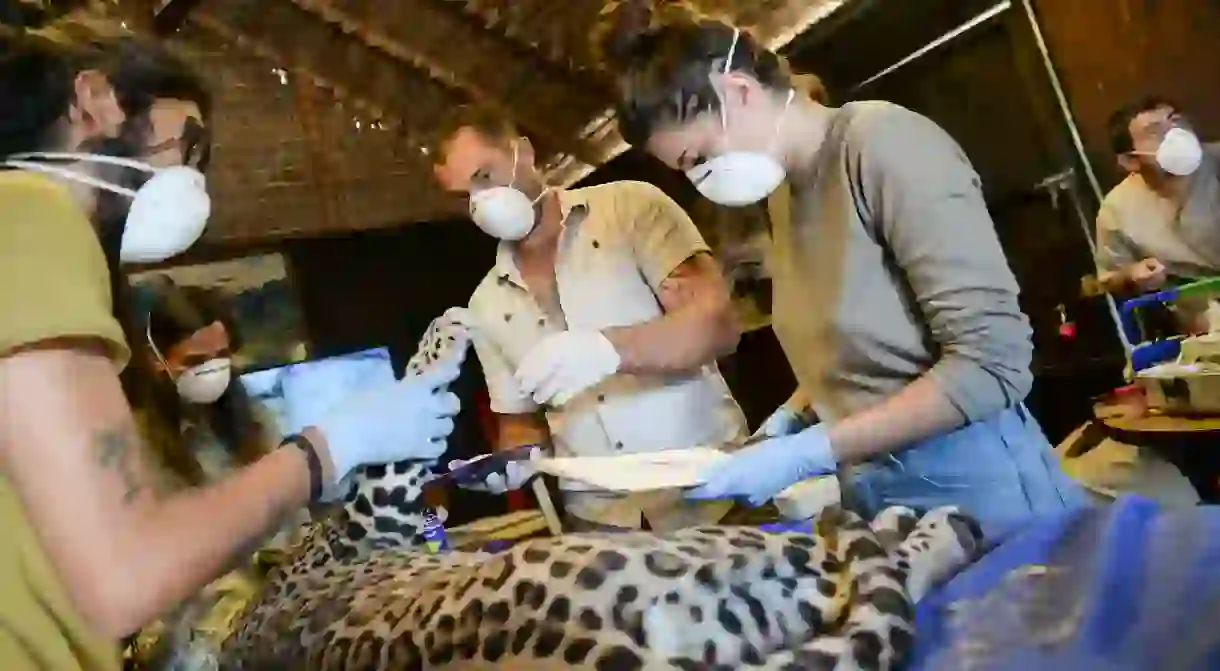Meet Mexico’s Big Cat Conservationists

From 40,000 a century ago to 4,000 today, jaguars in Mexico are critically endangered. Anna Bruce reports for Culture Trip on a sanctuary that aims to rehabilitate these big cats and reintroduce them to the wild.

The jaguar, panthera onca, is the largest wild cat in the Americas, its territory stretching from the southern United States to northern Argentina, with habitats as diverse as deserts and mangrove swamps. In Mexico 100 years ago, about 40,000 jaguars roamed free; today there are fewer than 4,000. The jaguar here is endangered, and conservation is critical.
In Oaxaca, which has the highest biodiversity in the country, the food chain is ruled by apex predators, including the jaguar. However, as in much of the country, this state is affected by deforestation, urban sprawl and habitat fragmentation, which has forced jaguars to change their habits.

Victor Rosas Cossio is the CEO of Jaguars en la Selva, Jaguars into the Wild, a foundation based in Oaxaca whose mission is to help rehabilitate jaguars and reintroduce them to the wild. He and his team of biologists are currently responsible for 17 jaguars, many of which have been illegally trafficked or come from private residences. Unable to develop their natural instincts in captivity, these animals need physical and behavioural therapy, although it’s unlikely they will all be released.


Advanced medical testing includes analyzing the DNA of animals both in captivity and in the wild. Specialists from the Academic Unit for Wildlife Research and Welfare have been brought in to help the foundation test the jaguars and take their paw prints. As a member of the National Alliance for the Conservation of the Jaguar, it is also involved in developing programmes and projects that contribute to big cat conservation. Currently Victor and his team are pioneering rehabilitation and behavioural development projects at their specialist facilities using state-of-the-art technology and ensuring the team are protected as they work with these big predators.



In 2016 Jaguares en la Selva was selected by the National Commission of Natural Protected Areas to receive two female jaguars, only a week old, that had been orphaned in the Calakmul Biosphere Reserve. They are the youngest jaguars in the world to be raised in captivity; however, they have no physical or visual contact with humans – it’s important they don’t form attachments with, or a dependency on, humans – and are monitored using observation towers and spy cameras. They are due to be released back into the wild in the coming months.

Although the jaguars are technically the property of the Mexican government, Jaguares en la Selva does not receive government funding, so they value any support they can get for their work.
@jaguaresenlaselva; jaguaresenlaselva.org.mx/













